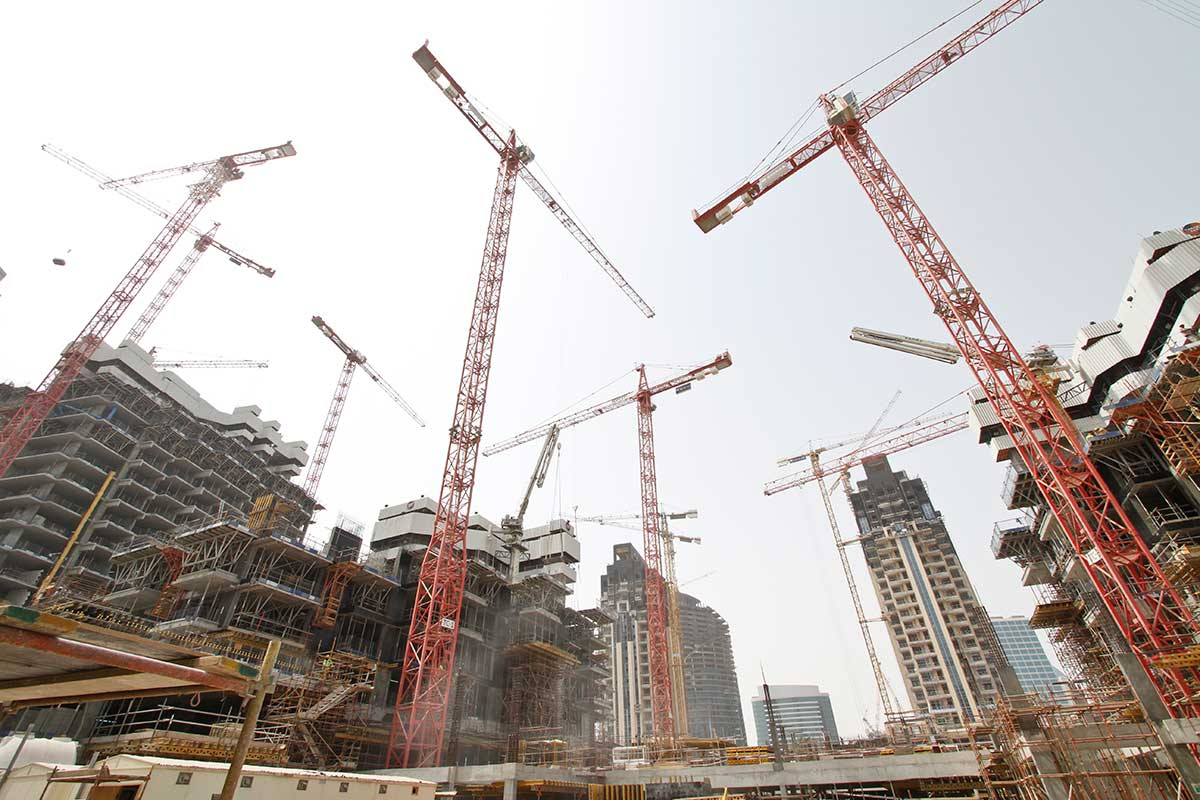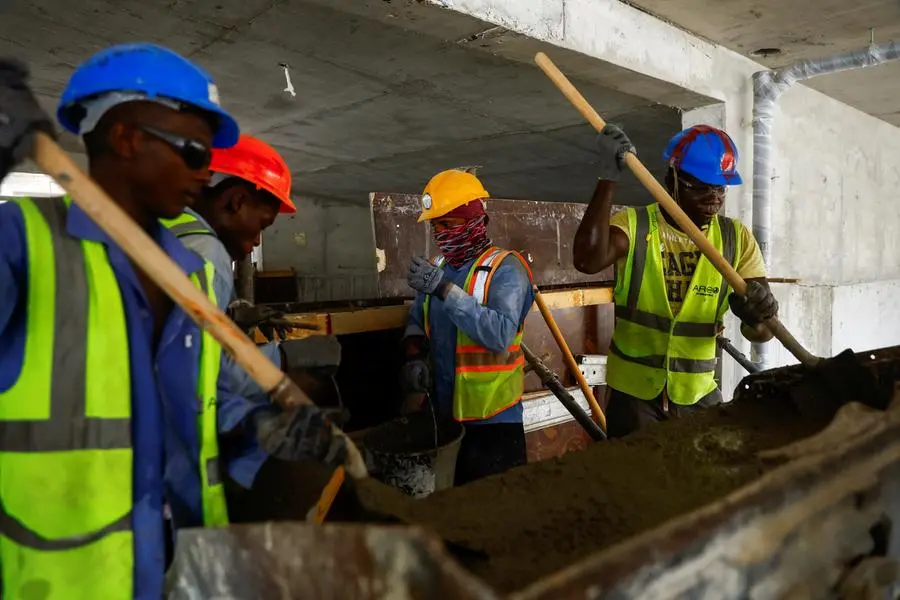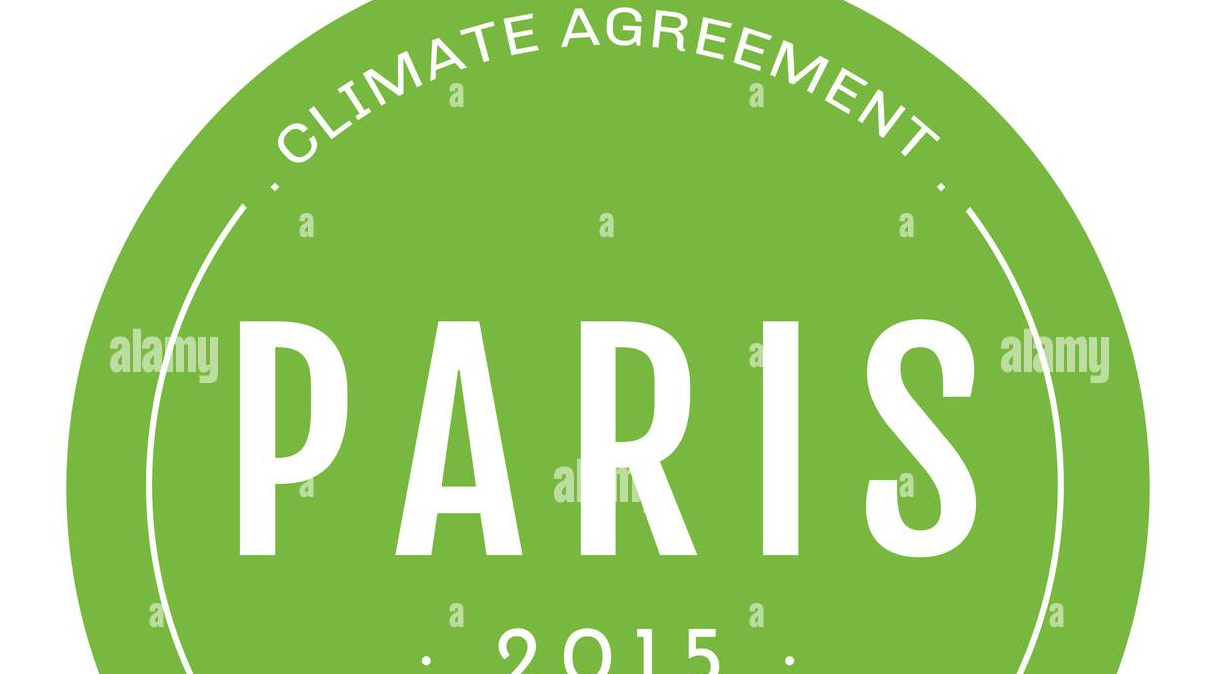Now Reading: 5 Powerful Tax Incentives Fueling Construction Growth in UAE
-
01
5 Powerful Tax Incentives Fueling Construction Growth in UAE
5 Powerful Tax Incentives Fueling Construction Growth in UAE

Table of Contents
The UAE’s real estate market in 2025 is experiencing a construction boom, with AED 893 billion ($243 billion) in 2024 transactions and 7-11% rental yields driving development in freehold areas like Dubai Marina, Saadiyat Island, and Al Marjan Island.
The 9% corporate tax, effective June 2023 under Federal Decree-Law No. 47 of 2022, and the 15% Domestic Minimum Top-up Tax (DMTT) for multinationals with revenues over €750 million (AED 3 billion) starting January 2025, coexist with targeted tax incentives that fuel construction activity.
These incentives, aligned with visions like Dubai 2040 and Abu Dhabi 2030, attract American and global developers to projects in Dubai South, Al Reem Island, and Ajman Corniche. Below are five key tax incentives driving the UAE’s construction surge, ensuring compliance with Federal Tax Authority (FTA) regulations while maximizing returns.
1. Free Zone Tax Exemption for Construction Projects

Developers operating as Qualifying Free Zone Persons (QFZPs) in free zones like Dubai South Free Zone or Ras Al Khaimah Economic Zone (RAKEZ) enjoy a 0% corporate tax rate on profits from construction projects within the zone, per Decision 265.
A QFZP developing a AED 100 million ($27.2 million) residential complex in Al Marjan Island avoids AED 9 million in tax on AED 10 million profits, boosting 8-10% returns. Impact: Free zones host 30% of 2025’s new projects, with compliance requiring local substance (e.g., staff, offices).
2. VAT Input Tax Recovery for Construction Costs
Developers can reclaim 5% VAT paid on construction inputs (e.g., materials, equipment) for taxable supplies like commercial or first-sale residential projects, per Federal Decree-Law No. 8 of 2017. A AED 50 million ($13.6 million) Dubai South project with AED 5 million in VAT-eligible costs recovers AED 250,000, reducing net expenses.
Impact: This incentivizes large-scale developments, with 41,000 new Dubai units planned for 2025, supporting 7-9% yields. VAT registration is required if taxable supplies exceed AED 375,000 ($102,000).
3. Deduction of Construction Financing Costs
Corporate tax allows deductions for interest on loans used for construction, reducing taxable income. A developer borrowing AED 200 million ($54.5 million) at 6% for a Saadiyat Island project deducts AED 12 million in interest annually, saving AED 1.08 million in 9% tax after the AED 375,000 exemption.
Impact: Lower financing costs drive 10-15% appreciation in high-demand areas, with seven-year record retention mandatory for FTA audits, enhancing 6-8% returns.
4. Small Business Relief for Emerging Developers

Construction firms with revenues below AED 3 million ($816,000) annually qualify for Small Business Relief, offering a 0% corporate tax rate until December 2026. A small developer building AED 2 million ($545,000) in Ajman Corniche units saves AED 180,000 in tax on profits.
Impact: Encourages SME participation, with Ajman and Sharjah seeing 20% construction growth in 2025, supporting 7-9% yields. Accurate FTA filings are required, excluding multinationals and QFZPs.
5. Subsidized Land Allocation Tax Benefits
Government programs, like those under Dubai Land Department (DLD) and Abu Dhabi Housing Authority (ADHA), provide subsidized land for residential projects, reducing taxable development costs. In Dubai South, developers receive land at 15-20% below market rates, saving AED 10 million on a AED 50 million project, offsetting 9% tax on profits. Impact: Fuels affordable housing booms in JVC and Al Reef, with 6-8% ROI, aligned with UAE’s sustainable development goals.
Why These Incentives Appeal to American Investors
These tax benefits amplify UAE’s 7-11% yields, surpassing global markets like New York (4.2%). Freehold ownership, no personal income tax, and visa programs (2-year Investor Visa for AED 750,000, Golden Visa for AED 2 million) attract 45% foreign buyers in Dubai’s 2025 market. Proximity to Dubai International Airport (20-45 minutes) and U.S.-UAE double taxation agreements enhance appeal. These incentives drive a 5-8% price growth forecast, with freehold zones at 10-15%.
Market Outlook and Challenges
The UAE’s construction boom faces challenges from the DMTT’s 15% rate for MNEs, stricter AML compliance, and a potential 10-15% correction in 2026 due to oversupply (41,000 Dubai units). Non-deductible expenses (e.g., 50% of entertainment costs) and nine-month filing deadlines risk penalties up to AED 10,000. RERA-registered agents and FTA-accredited consultants ensure compliance, maximizing tax benefits.
Conclusion
Free zone exemptions, VAT recovery, financing deductions, small business relief, and subsidized land are five tax incentives fueling UAE’s construction booms in 2025. These strategies minimize tax burdens, maximize 7-11% ROI, and align with American investor goals in a dynamic market. Expert guidance ensures compliance, driving sustainable growth in Dubai, Abu Dhabi, and Ras Al Khaimah’s real estate landscape. Construction Growth
read more: UAE Real Estate: 8 Tax Exemptions You Can Still Claim in 2025





















